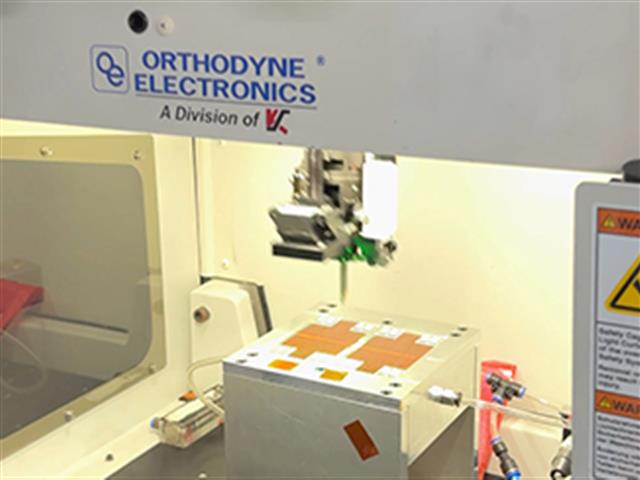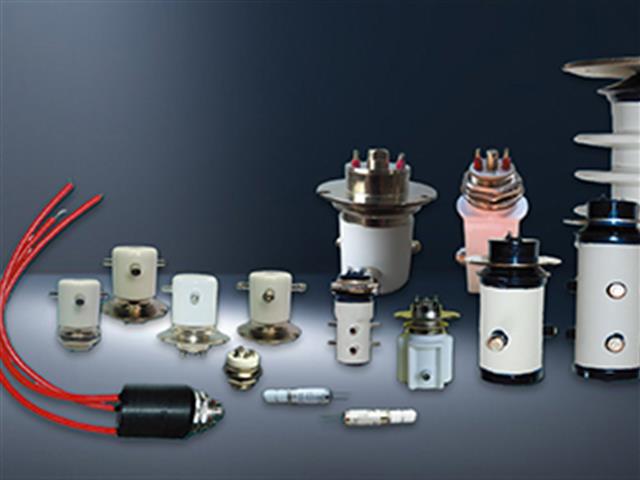How solid state relays work? Testing SSR with multimeter and wiring.
How solid state relays work?
Testing solid state relay with multimeter
Solid state relay wiring
- FASTON terminals connection SSR 1 phase ac switching SSR Relay
- What's the difference of Solid State Relay from Magnetic Contactor?
- Integrated IP20 touch-safe Solid State Relays
- DC SSR, Solid State Relay DC Load, DC/AC to DC SSR relay
- Low voltage drop DC SSR, charging and discharging DC SSR launched.
- Greegoo's motor reversing solid state relays introduction
- 1-Phase Solid State Contactors
- Plug in DC output solid state relays
- Plug in AC switching Solid State Relays
- 100A to 400A DC Solid State Relay special for frequency converters

Solid-state relay parameter terms explanation in English.
Parameters terms explanation of SSR
Read More
The Crucial Role of IGBT Modules in Power Electronics and Their Expanding Applications
The Key Role of IGBT Modules in Power Electronics and Modern Applications
Read More
GVC/EVC Series Low Voltage Medium Voltage Vacuum Starter Contactor: Advanced Solutions for Reliable Motor Control in Various Industries
The GVC type is suitable for AC systems with a frequency of 50Hz or 60Hz, a rated voltage of 1140V, 1.5KV, 2KV, 3.6KV and a rated current ranging from 63A to 3200A. The EVC type is suitable for AC systems with a frequency of 50Hz or 60Hz, a rated voltage of 7.2KV, 12KV, 24KV, 36KV, 40.5KV and a rated current ranging from 250A to 800A.
Read More
Gas-Filled Relays vs. Vacuum Relays: A Comparison and Application in High Voltage Switching Technology
the difference between gas filled relay and vacuum relay
Read More













